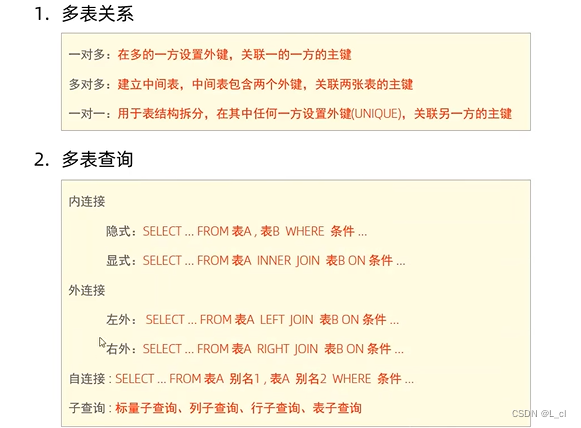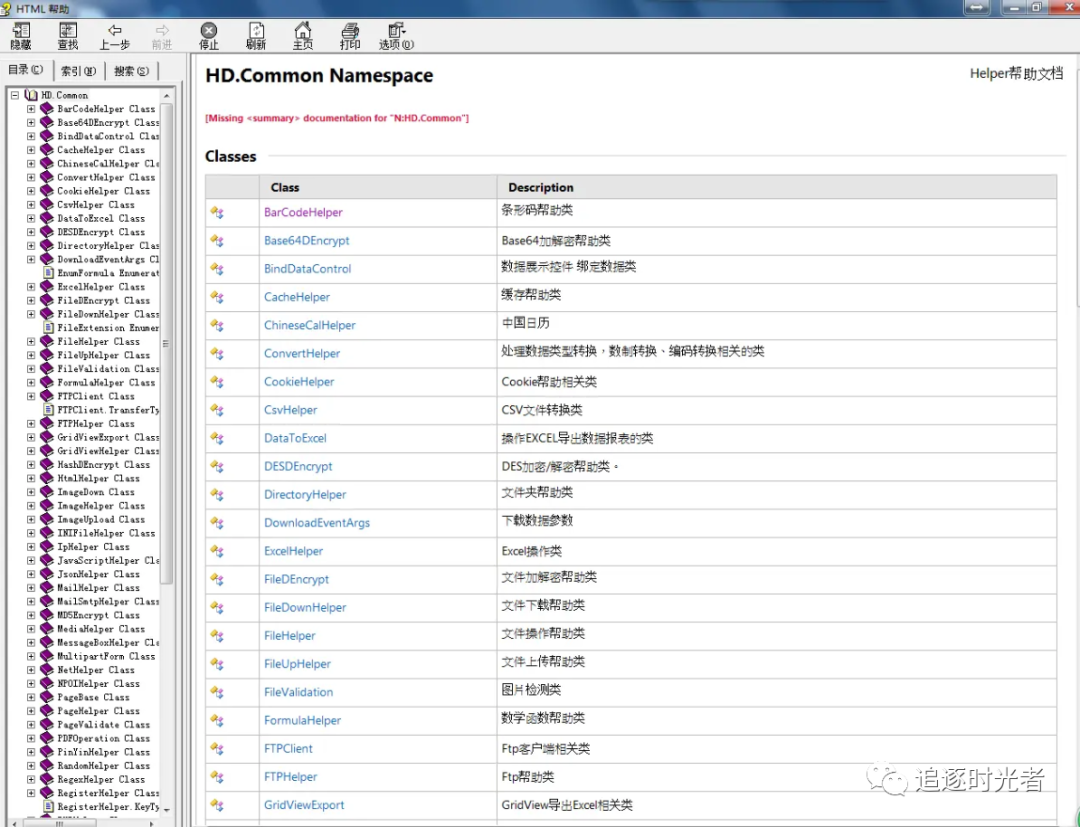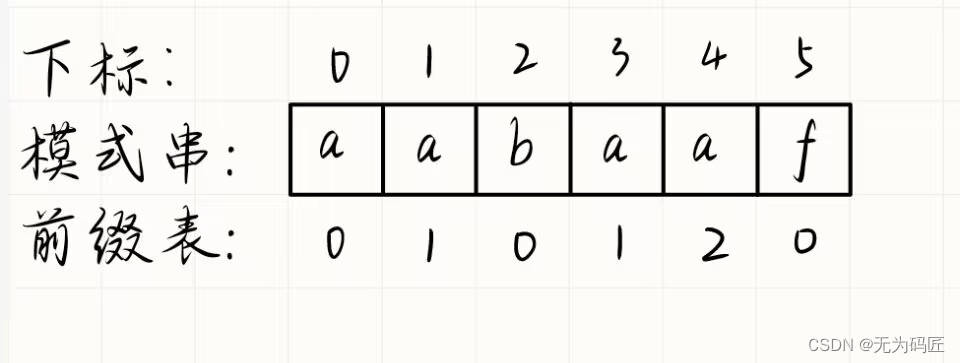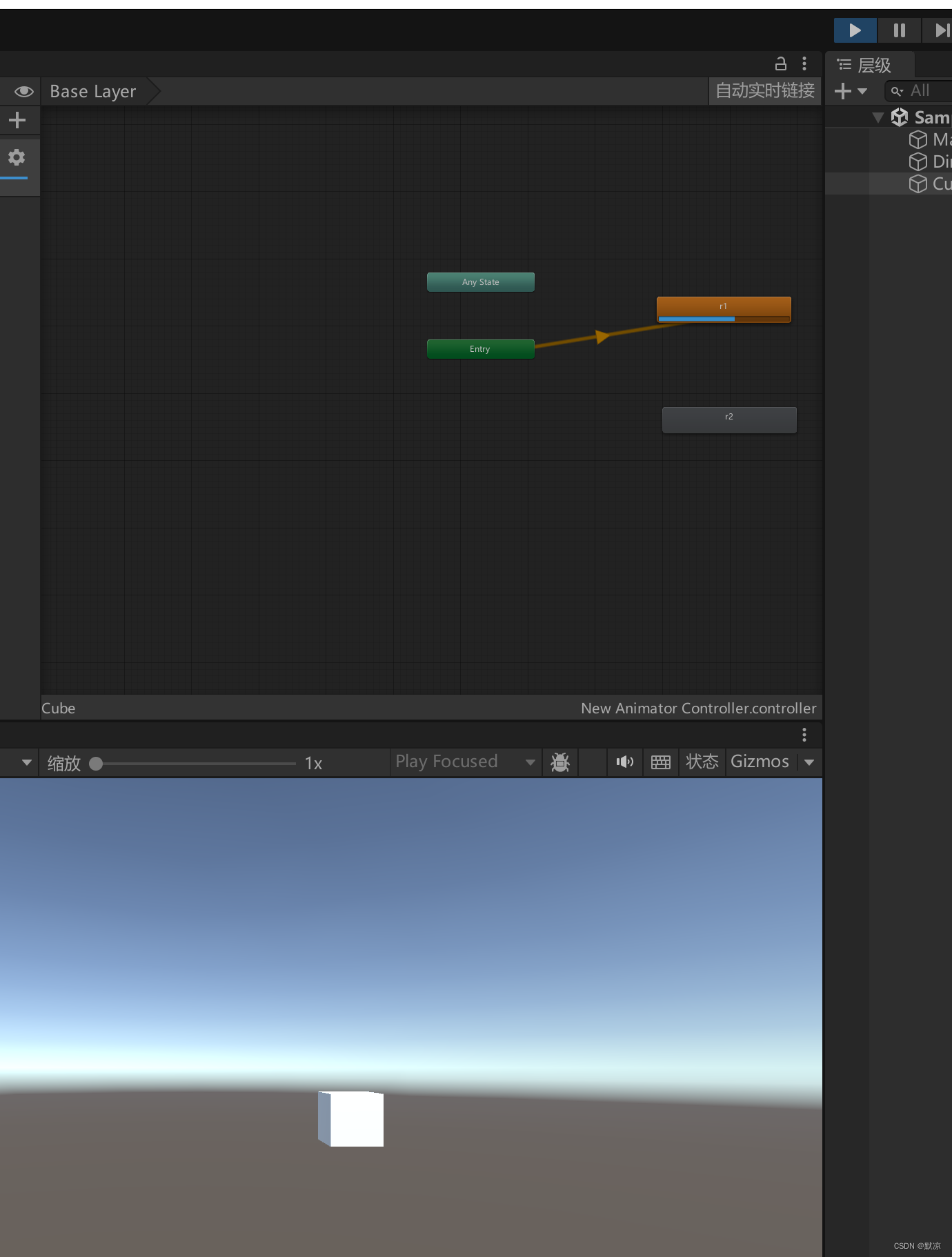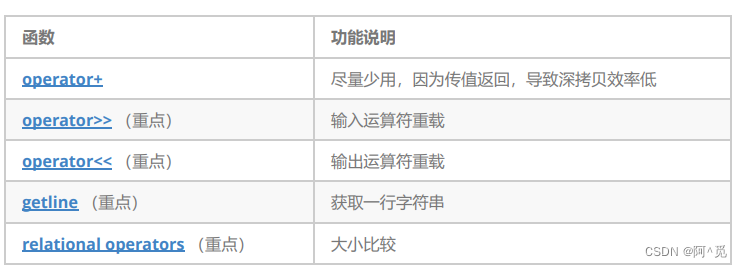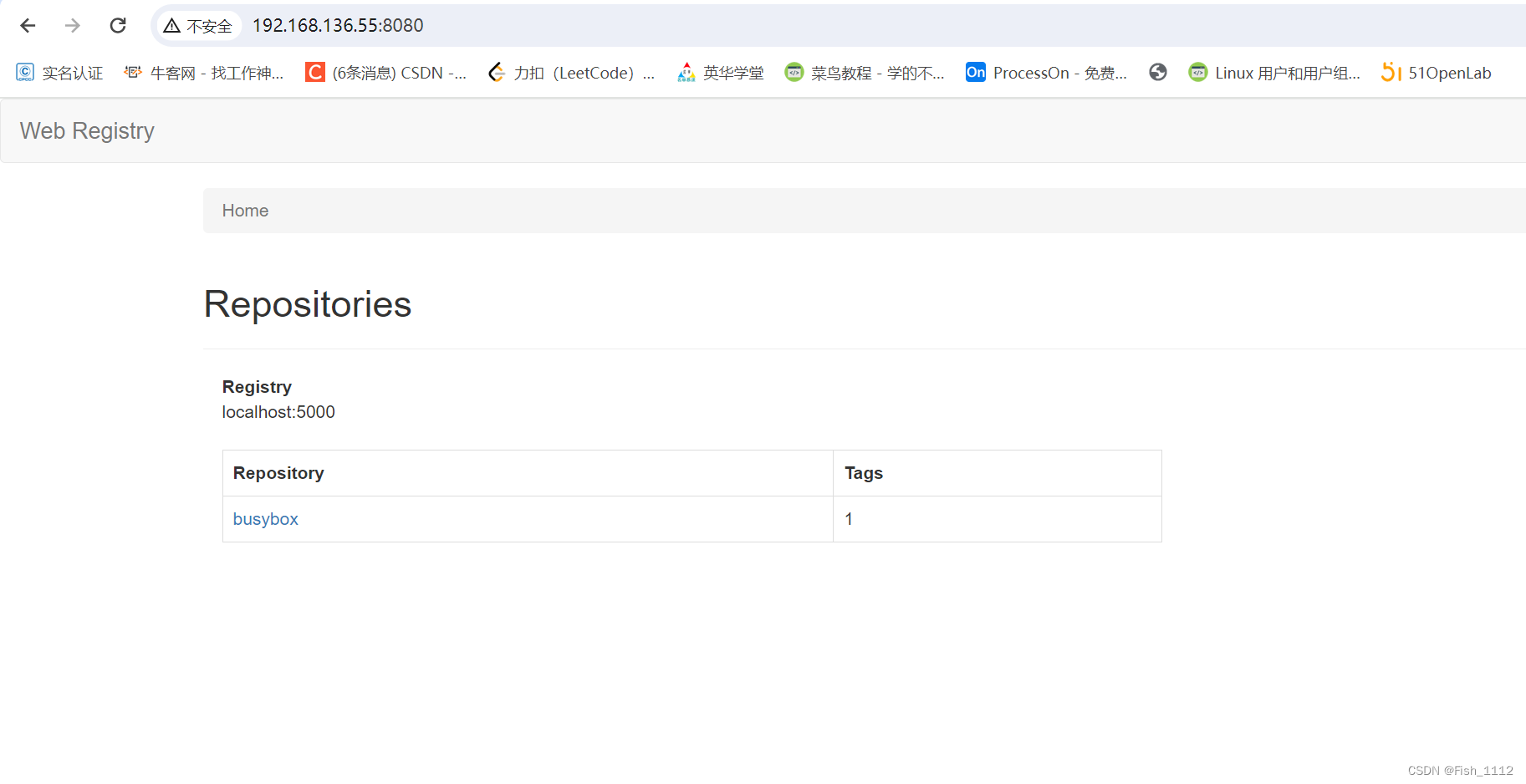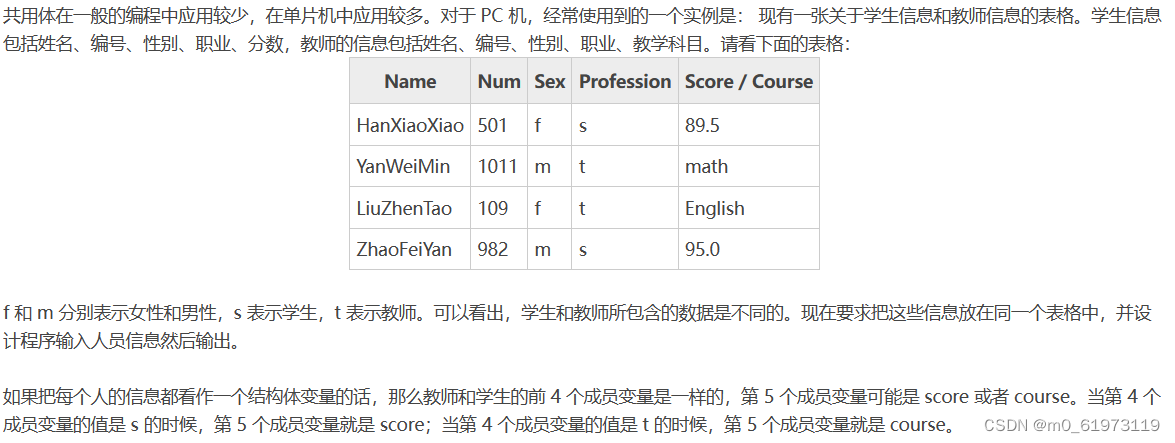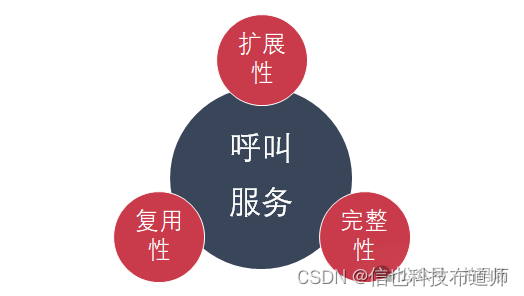世界总是在推着我走,我自己一个人也能站稳
—— 24.3.7
一、多表关系
1.概述
项目开发中,在进行数据库表结构设计时,会根据业务需求及业务模块之间的关系,分析并设计表结构,由于业务之间相互关联,所以各个表结构之间也存在着各种练习,基本上分为三种:
一对多(多对一)
多对多
一对一
2.一对多(多对一)
案例:部门与员工的关系
关系:一个部门对应多个员工,一个员工对应一个部门
实现:在多的一方建立外键,指向一的一方的主键
3.多对多
案例:学生与课程的关系
关系:一个学生可以选修多门课程,一门课程也可以供多个学生选择
实现:建立第三张中间表,中间表至少包含两个外键,分别关联两方主键
第三张表除了表自己的主键还有两张‘多’表的主键当第三张表的两个外键,以此来来关联主键
4.一对一
案例:用户与用户详情的关系
关系:一对一关系,多用于单表拆分,将一张表的基础字段放在一张表中,其他详情字段放在另一张表中,以提升操作效率
实现:在任意一方加入外键,关联另外一方的主键,并且设置外键为唯一的(unique)
二、多表查询概述
1.概述:指从多张表中查询数据
2.笛卡尔积:笛卡尔乘积是指在数学中,两个集合A集合和B集合的所有组合情况(在多表查询时,需要消除无效的笛卡尔积)
3.多表查询分类
连接查询
内连接:相当于查询A、B交集部分数据
外连接:
左外连接:查询左表所有数据,以及两张表交集部分数据
右外连接:查询右表所有数据,以及两张表交际部分
自连接:当前表与自身的连接查询,自连接必须使用表别名
子查询
三、连接查询——内连接
内连接查询语法:
①隐式内连接
select 字段列表 from 表1,表2 where 条件…;②显示内连接
select 字段列表 from 表1 [inner] join 表2 on 连接条件…;内连接查询的是两张表交集的部分
四、外连接
外连接查询语法:
①左外连接(包含左表所有数据)
select 字段列表 from 表1 left [outer] join 表2 on 条件…;相当于查询表1(左表)的所有数据包含表1和表2交集部分的数据
②右外连接(包含右表所有数据)
select 字段列表 from 表1 right [outer] join 表2 on 条件…;相当于查询表2(右表)的所有数据包含表1和表2交集部分的数据
五、自连接
自连接查询语法:
select 字段列表 from 表A 别名A join 表A 别名B on 条件…;案例1:
案例2:
自连接查询,可以是内连接查询,也可以是外连接查询
六、联合查询-union,union all
对于union查询,就是把多次查询的结果合并起来,形成一个新的查询结果集
select 字段列表 from 表A… union [all] select 字段列表 from 表B…;案例:
1.将薪资低于5000的员工,和年龄大于50岁的员工全部查询出来
select * from emp where salary < 5000 union all select * from emp where age > 50;对于联合查询的多张表的列数必须保持一致,字段类型也需要保持一致
union all会将全部的数据直接合并在一起,union会对合并之后的数据去重
七、子查询
1.概念:SQL语句中嵌套select语句,称为嵌套查询,又称子查询
select * from t1 where column1 = (select column1 from t2);子查询外部的语句可以是insert/update/delete/select的任何一个
2.根据子查询结果不同,分为:
标量子查询(子查询结果为单个值)
列子查询(子查询结果为一列)
行子查询(子查询结果为一行)
表子查询(子查询结果为多行多列)
3.根据子查询位置,分为:where之后,from之后,select之后
4.标量子查询
子查询返回的结果单个值(数字、字符串、日期等),最简单的形式,这种子查询称为标量子查询
常用的操作符:= <> > >= < <=
案例
1>
2>
5.列子查询
子查询返回的结果是一列(可以是多行),这种子查询称为列子查询
常用的操作符:in、not in、any、some、all
操作符 描述
in 在指定的集合范围之内,多选一
not in 不在指定的集合范围之内
any 子查询返回列表中,有任意一个满足即可
some 与any相同,使用some的地方可以使用any
all 子查询返回列表的所有值都必须满足
案例:1.查询“销售部”和“市场部”所有的员工信息
select * from emp where dept_id in (select id from dept where name = '销售部' or name = '市场部');2.查询比财务部所有人工资都高的员工信息
select * from emp where salary > all (select salary from emp where dept_id = (select id from dept where name = '财务部'));3.查询比研发部其中任意一人工资高的员工信息
select * from emp where salary > any (select salary from emp where dept_id = (select id from dept where name = '研发部'));any可换为some
6.行子查询
子查询返回的结果是一行(可以是多列),这种子查询称为行子查询
常用的操作符:=、<>、in、not in
案例:
1.查询与“张无忌”的薪资及直属领导相同的员工信息
select * from emp where (salary,managerid) = (select salary,managerid from emp where name = '张无忌');7.表子查询
子查询返回的结果是多行多列的数据,这种子查询称为表子查询
常用的操作符:in
案例:
1.查询与“鹿杖客”,“宋远桥”的职位与薪资相同的员工信息
select * from emp where (job,salary) in (select job,salary from emp where name = "宋远桥" or name = "鹿杖客");2.查询入职信息是“2006-01-01”之后的员工信息,及其部门信息
select * from (select * from emp where entrydate > '2006-01-01') as e left join dept as d on e.dept_id = d.id;
八、多表查询案例
1.查询员工的姓名、年龄、职位、部门信息。
-- 表:emp,dept
-- 连接条件:emp.dept_id = dept.id
select e.name,e.age,e.job from emp e,dept d where e.dept_id = d.id;
2.查询年龄小于30岁的员工姓名、年龄、职位、部门信息。-- 表:emp,dept
-- 连接条件:emp.dept_id = dept.id
select e.name,e.age,e.job,d.name from emp e inner join dept d on e.dept_id = d.id where e.age < 30;
3.查询拥有员工的部门ID、部门名称。-- 表:emp,dept
-- 连接条件:emp.dept_id = dept.id
select distinct d.id, d.name from emp e,dept d where e.dept_id = d.id; #distinct 去除重复查询记录
4.查询所有年龄大于40岁的员工,及其归属的部门名称;如果员工没有分配部门,也需要展示出来。-- 表:emp,dept
-- 连接条件:emp.dept_id = dept.id
-- 外连接
select e.*,d.name from emp e left joinn dept d on e.dept_id = d.id where e.age > 48;
5.查询所有员工的工资等级。-- 表:emp,salgrade
-- 连接条件:emp.salary >= salgrade.losal and emp.salary <= salgrade.hisol
select e.*,s.grade from emp e,salgrade s where e.salary >= s.losal and e.salary <= s.hisal;select e.*,s.grade from emp e,salgrade s where e.salary between s.losal and s.hisal;
6.查询"研发部"所有员工的信息及工资等级。-- 表:emp,dept,salgrade
-- 连接条件:emp.salary between salgrade.level and salgrade.hisal,emp.dept_id = dept.id
-- 查询条件:dept.name='研发部'
select e.*,s.grade from emp e,dept d,salgrade s where e.dept_id = d.id and (e.salary >= s.losal and e.salary <= s.hisal) and d.name = '研发部';
7.查询"研发部"员工的平均工资。-- 表:emp,dept
-- 连接条件:emp.dept_id = dept.id
select avg(e.salary) from emp e,dept d where e.dept_id = d.id and d.name = '研发部';
8.查询工资比"灭绝"高的员工信息。select * from emp where salary > (select salary from emp where name = '灭绝');
9.查询比平均薪资高的员工信息。select * from emp where salary > (select avg(salary) from emp);
10.查询低于本部门平均工资的员工信息。select * from emp e2 where e2.salary < (select avg(e1.salary) from emp e1 where e1.dept_id = e2.dept_id);
11.查询所有的部门信息,并统计部门的员工人数。select d.id,d.name,(select count(*) from emp e where e.dept_id = id) as '人数' from dept d;
12.查询所有学生的选课情况,展示出学生名称,学号,课程名称-- 表:student,course,student_course
-- 连接条件:student.id = student_course.studentid,course.id = student_course.courseid
select s.name,s.no,c.name from student as s,student_course as sc,course as c where s.id = sc.studentid and sc.courseid = c.id;
九、总结
1.多表关系
一对多:在多的一方设置外键,关联另一方的主键
多对多:建立中间表,中间表包含两个外键来关联另外两张表的主键
一对一:用于表结构拆分,在其中任何一方设置外键(unique),关联另一方的主键
2.多表查询
内连接
隐式内连接:select…from 表A ,表B where 条件…
显示内连接:select…from 表A inner join 表B on 条件…
外连接:
左外连接:select …from 表A left join 表B on 条件…
右外连接:select …from 表B right join 表B on 条件…
自连接:select … from 表A 别名1,表A 别名2 where 条件…
子查询:标量子查询,列子查询,行子查询,表子查询







